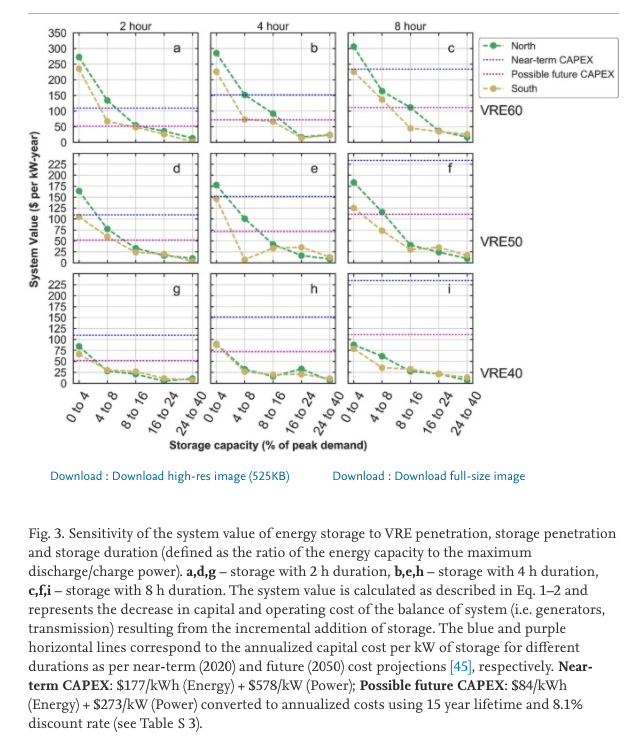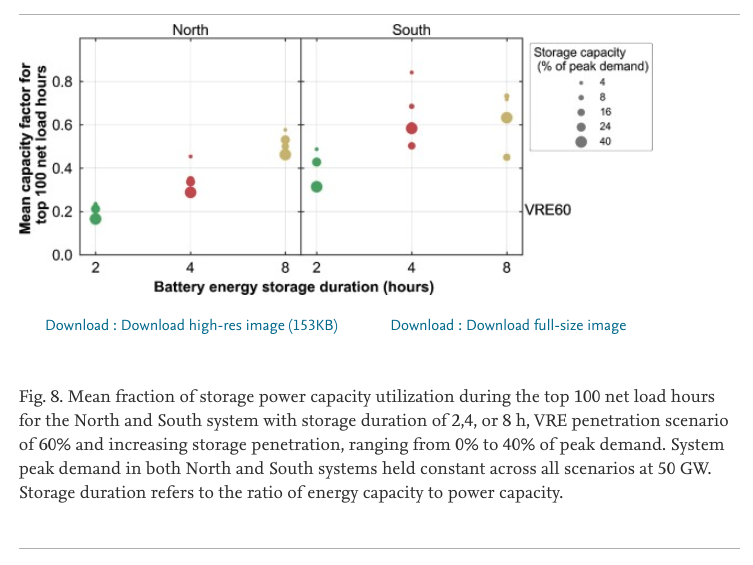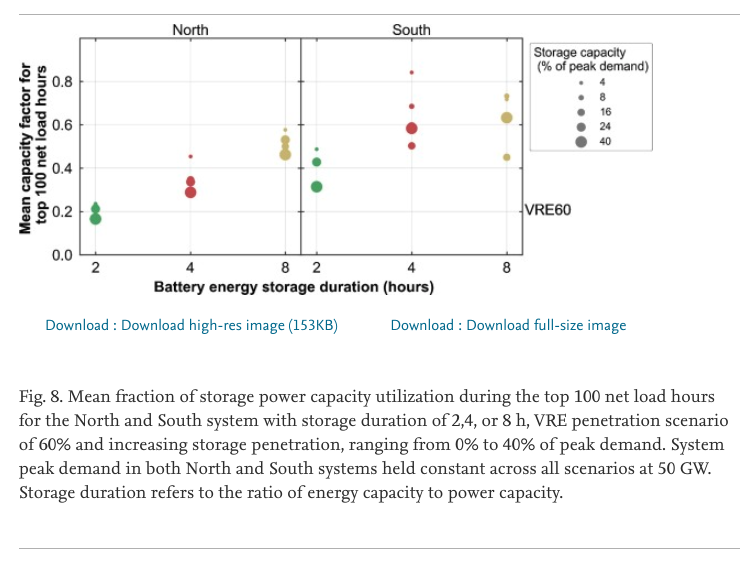👀➡️authors.elsevier.com/a/1bLLO15eiezz…
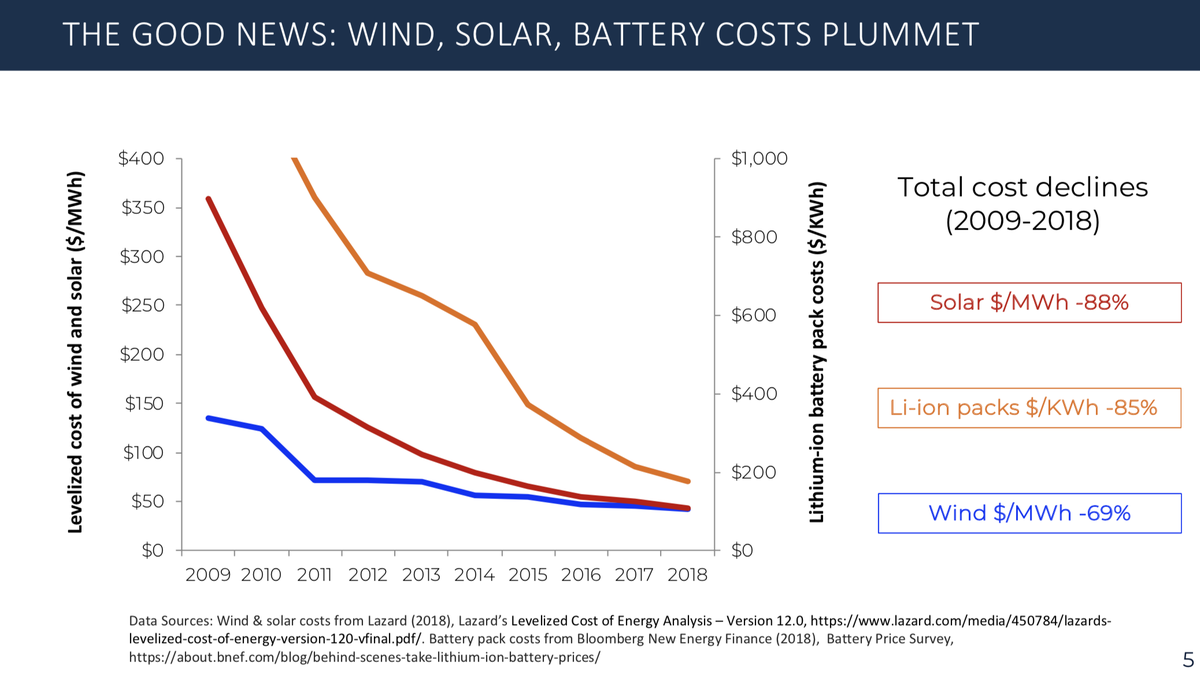
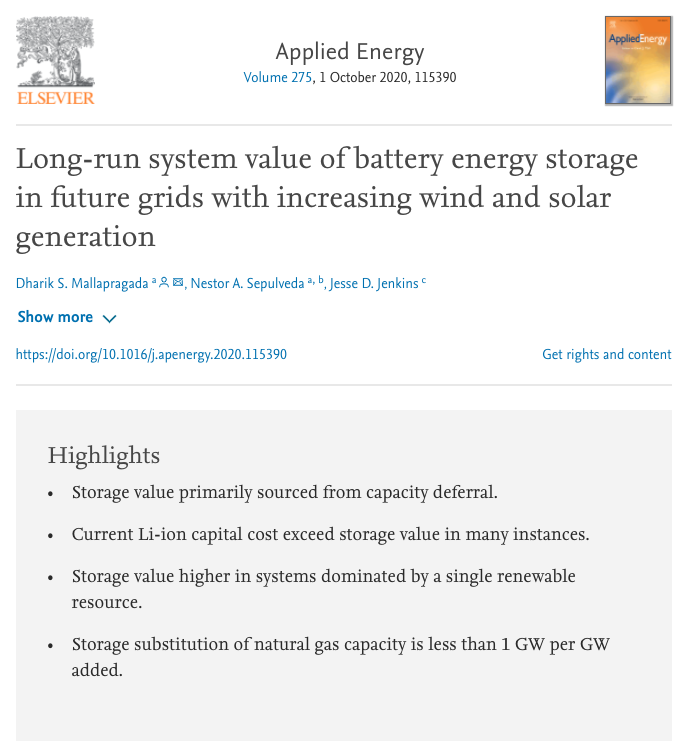
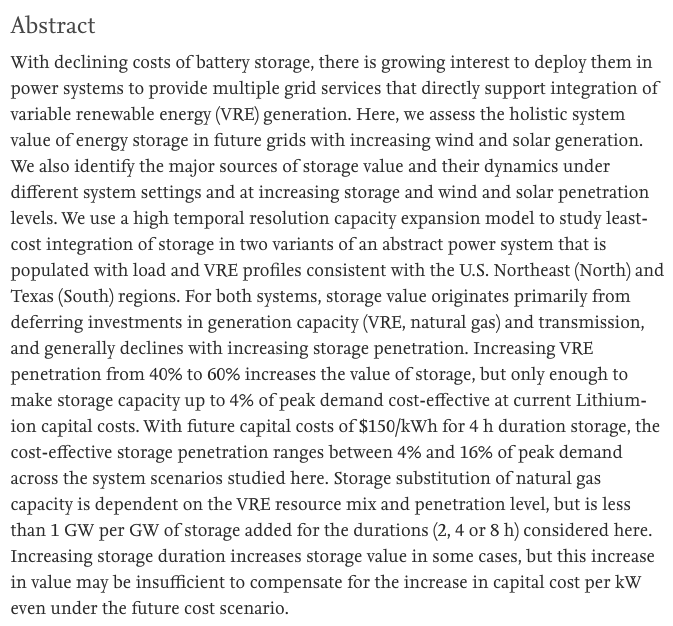



You can check out the full paper (only modestly longer than this monster thread!) at this link for the next 50 days authors.elsevier.com/a/1bLLO15eiezz…
If you have trouble accessing or need a PDF, please message me for a personal use copy.


